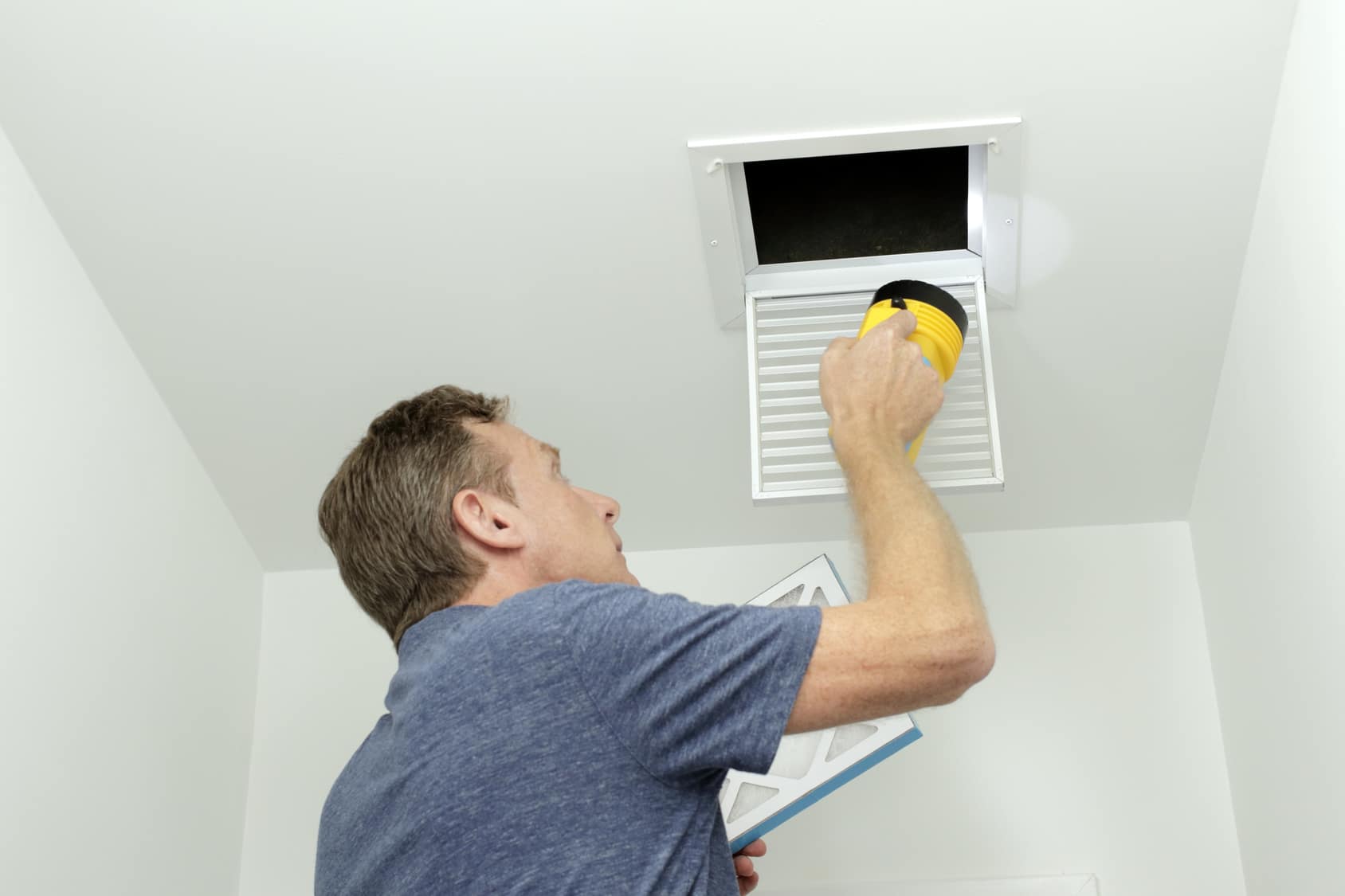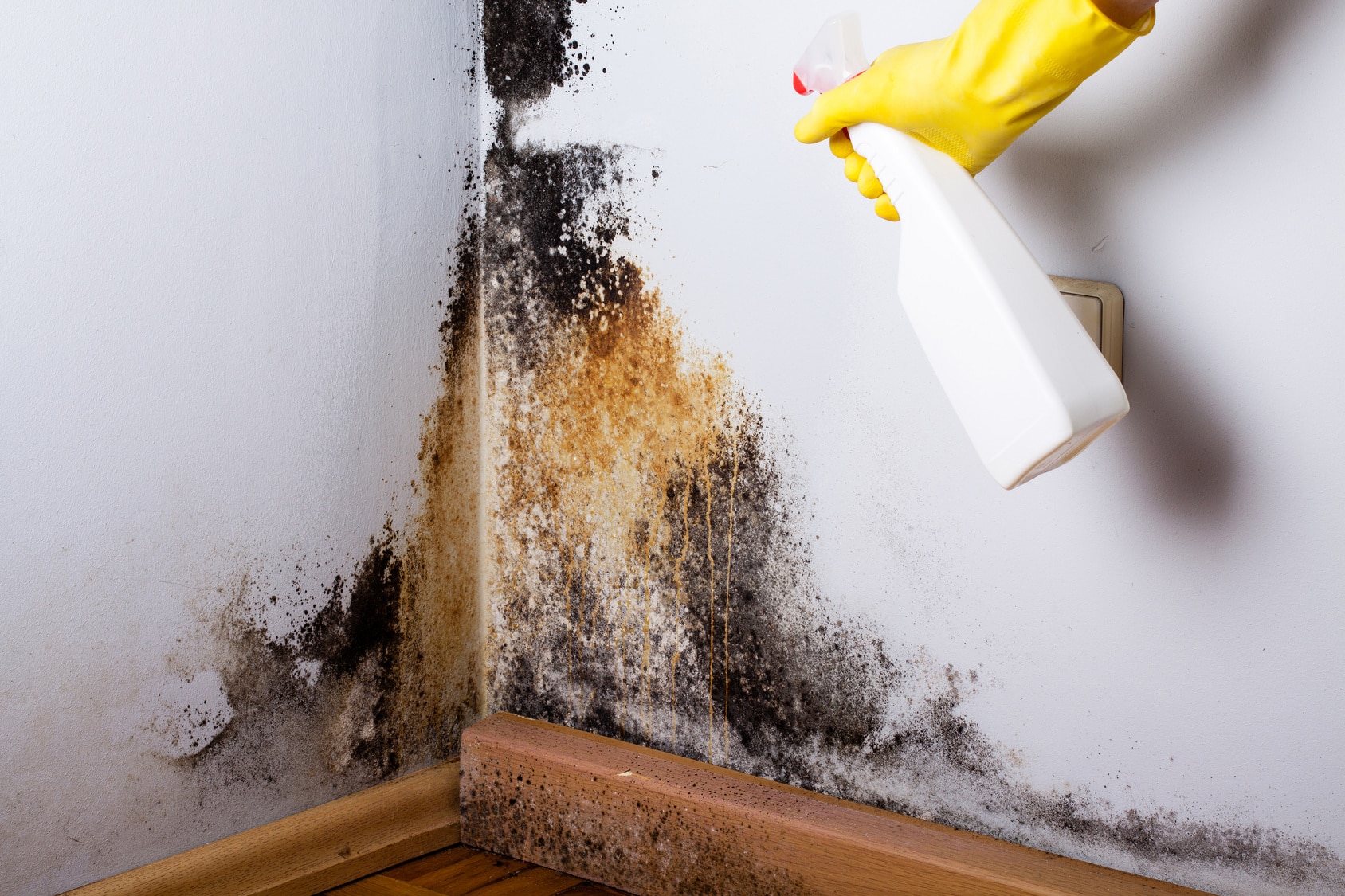
The importance of preventing mold growth should always be taken seriously as doing so will keep the building strong and everyone on the property healthy. When all the right conditions are present, moisture, ample food, and a temperature between 5 and 37 degrees Celsius, mold will begin growing within 24 to 48 hours.
However, this growth can often remain undetected until the spores have already affected large areas of your property and caused considerable structural damage.
That’s why the easiest way to beat these fungal culprits in the winter months is with prevention. Here’s how to limit moisture, remove tempting food sources, and keep an eye out for the first tell-tale signs of a winter mold problem.
Ways to Prevent Winter Mold Growth
Reduce the Humidity Levels in Your Home
Increasing air circulation in your home will prevent mold from growing in places where condensation generally occurs. However, to reduce the amount of dampness in your home overall and improve air quality, a dehumidifier is a necessity. A dehumidifier is one of the best ways to avoid making your entire home an ideal environment for mold to grow and spread.
Best of all, because a dehumidifier removes the excess moisture in the air, your home will actually feel drier and warmer in the wintertime. If you want a way to combat the cold weather and winter mold growth, reducing the humidity levels in your home is the best way to go.
Keep an Eye Out for Leaks That Can Let in Excess Moisture
Watch for leaks in common areas such as windows, exterior-to-interior doorways, and the surrounding areas by swamp coolers and skylights.
Not only should you be on high alert for leaks coming from the outdoors, but don’t forget to check your indoor plumbing as a possible culprit for excess moisture. Check for hidden leaks in areas such as under bathroom and kitchen sinks.

Use Exhaust Fans in the Kitchen and Bathroom
Boiling water and taking steamy showers provide your home’s environment with plenty of moisture. Make sure not to slack when it comes to turning on exhaust fans, including the one in your oven’s hood, which can help reduce condensation formation.
It’s also helpful to leave exhaust fans on for twenty to thirty minutes after steaming up a room, along with wiping down moisture on the walls with a dry rag.
Increase Air Circulation
Taking a hot shower or boiling soup on your stovetop might be good ways to beat the cold, but it also increases the amount of moisture in the room. Because mold thrives in humid environments, your various attempts to warm up could actually cause winter mold to grow.
Use exhaust fans when you cook or shower to increase air circulation and reduce the amount of moisture in a particular area. This will help prevent moisture from seeping through your walls, floors, and ceilings, which could cause fungal growth to happen out of sight.
